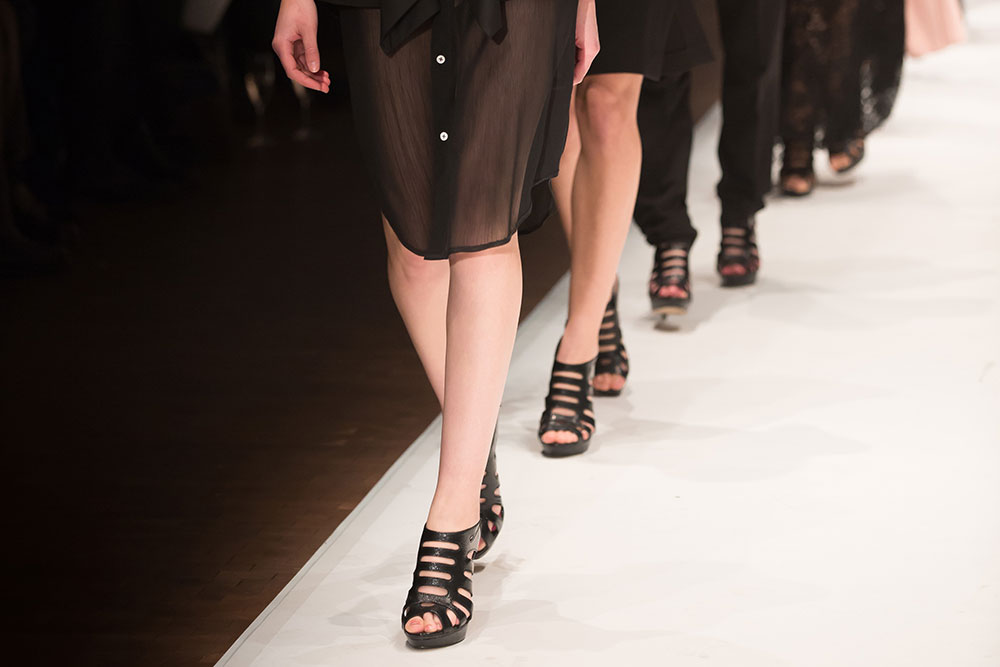
Encountering a shocking incident on the internet is one thing, but experiencing it firsthand brings an entirely different perspective. This situation recently unfolded for me.
On a leisurely weekend, my sister and I decided to indulge in some shopping. Upon entering the mall, we found ourselves in one of the most renowned brands, H&M.
For context, I prefer plus-sized attire for comfort, while my sister opts for smaller sizes.
The store, as expected, was bustling with activity. Our search for t-shirts and joggers commenced. Among the choices, a comfortable green jogger caught our attention. We both selected the jogger in our respective sizes. I mentioned that the jogger was priced at ₹1799, but my sister corrected me, stating it was only ₹1499. Checking the tags, they appeared identical. However, upon closer examination, her tag revealed a distinct price.
At first, we assumed it was a printing error. We examined other items, but to our surprise, there genuinely was a price difference based on sizes.
This was a novel experience for me, and it was genuinely startling. Nonetheless, we departed the store without making the jogger purchase.
Addressing H&M directly, I, a regular shopper, question the rationale behind charging more for clothes in larger sizes. Fashion has never been confined to a specific body size, type, or shape. Thus, I find myself pondering why I’m subjected to this ‘fat tax.’
In the year 2023, it’s disheartening to witness the ongoing struggle for brands to embrace inclusivity across diverse body types.









